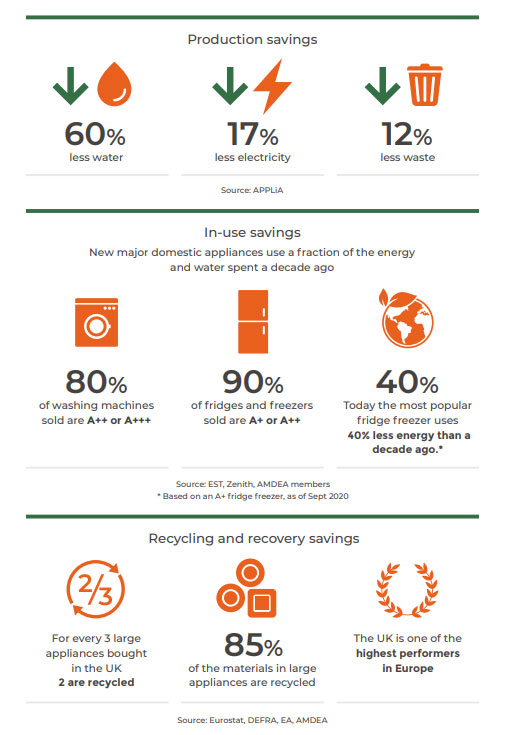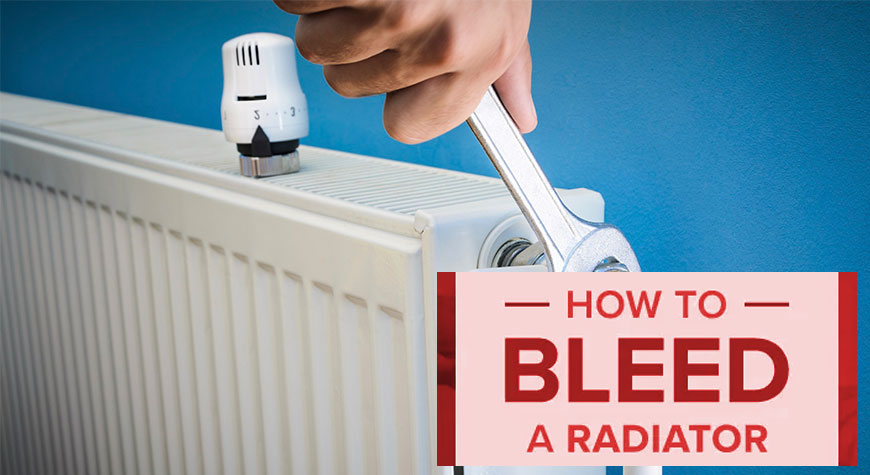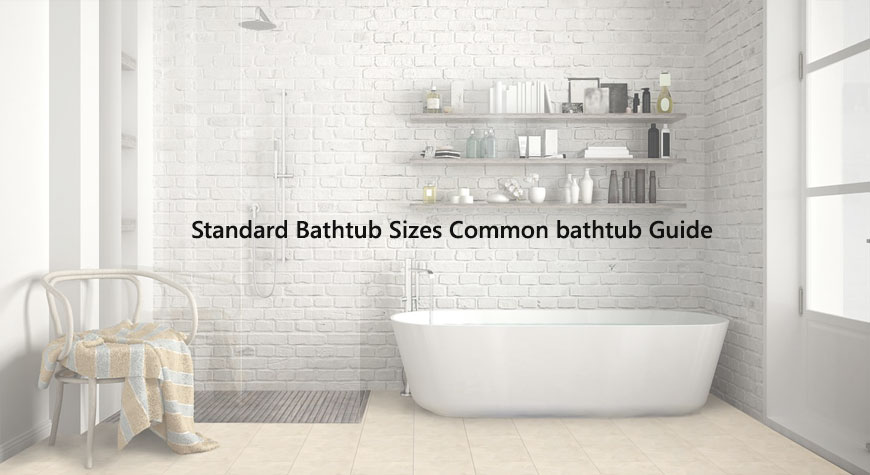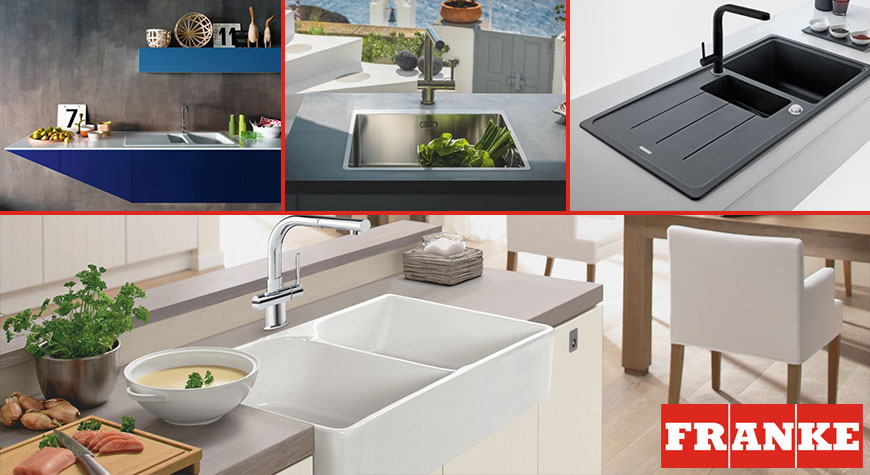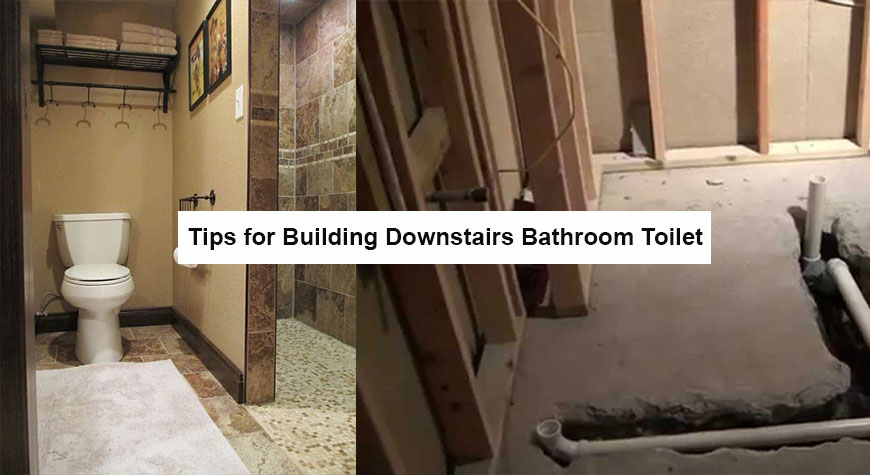Revised Energy Labels

With most large appliances now rated A+ to A+++, improvements in energy efficient technology have prompted a rescaling of the energy ratings. The new labels will simply be rated from A to G, making it easier for customers to understand. The following are the key dates for the introduction of the new labels.
Timeline of key dates:
- 1st November 2020 - New labelling process started. Both old and new energy labels are supplied in the box.
- 1st January 2021 - UK/EU transition period ended. The new labels in the box started to carry a Union Jack, instead of the EU flag.
- 1st March 2021 - New labels consumer launch date. Only new labels to be supplied to customers, displayed instore and online.
- 1st December 2021 - Sell-by-Date. Products originally placed on the market before 1 November 2020, subsequently discontinued, will only contain an old label and cannot be sold beyond this date.
New Labelling Explained
New energy labels have been introduced for:
- Dishwashers
- Washing machines
- Washer dryers
- Fridges and freezers
- Wine storage
These new labels are already appearing in product boxes and from 1st March 2021 will replace the old labels on all displays.
Why?
Major improvements in energy saving technology have raised these large household appliances to the top of the rating scale, where they are clustered from A to A+++. To create space for further advances the energy ratings have been revised. Using new measurement criteria current models will be rated simply from A to G, with no plusses, making it easier for customers to compare products and allowing the industry space to develop eco-performance. AMDEA’s toolkit aims to help the industry explain the changes to customers.
Label Gallery
The new energy labels are designed to be easier to understand for the consumer, compared to the old label, to help customers make better purchasing choices. The new measurements on the labels will be based on ‘real-life’ household usage, considering aspects like frequently used programmes and average capacities. All products subject to the new labelling (dishwashers, washing machines, washer dryers, fridges and freezers and wine storage) will share some common features:
- Simple A-G scale. A+++/A+ will no longer exist
- QR-Code in the upper right corner linking to a data base, accessing product’s specifications.
- Energy consumption of the model now more prominently in middle section of the label.
- All products will be awarded a rating for noise from A-D.
- Pictograms on bottom of label characterising product features. Some are the same as in the old label, a few are new or have been revised to reflect new testing or measurement methods.
Washing Machines
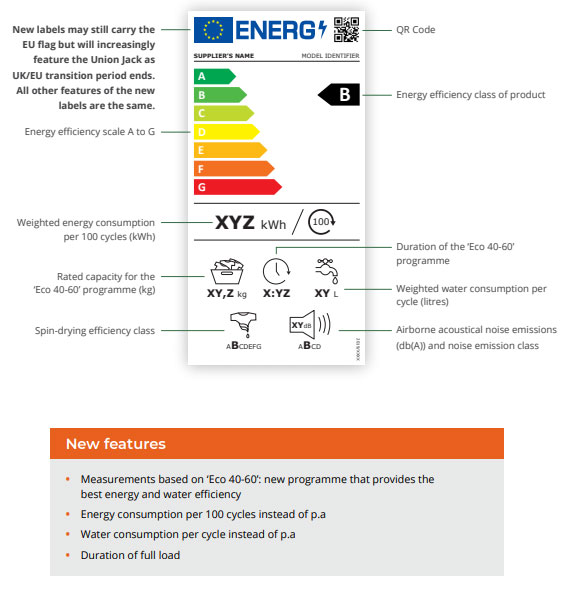
Washer-Dryers
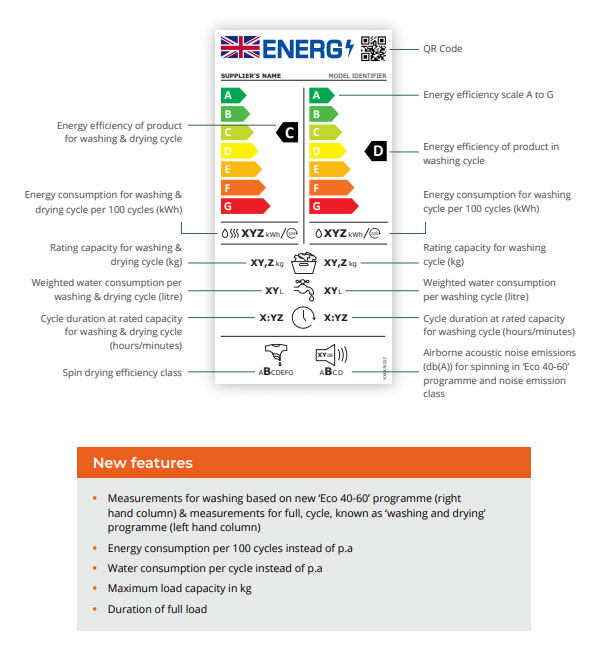
Dishwashers
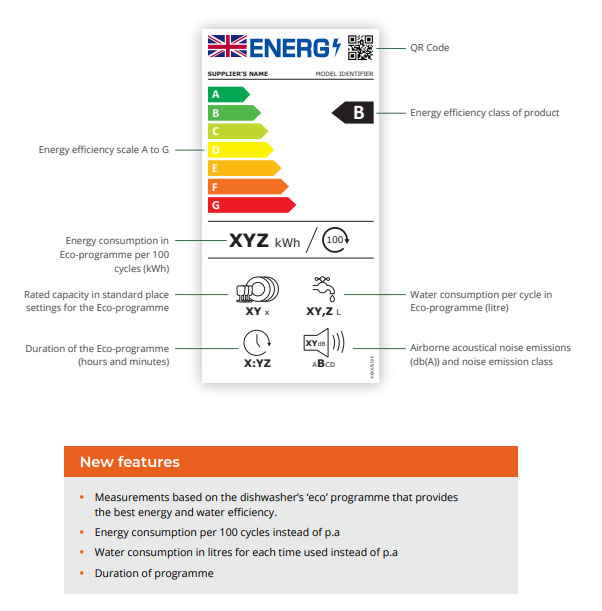
Refrigerators & Freezers
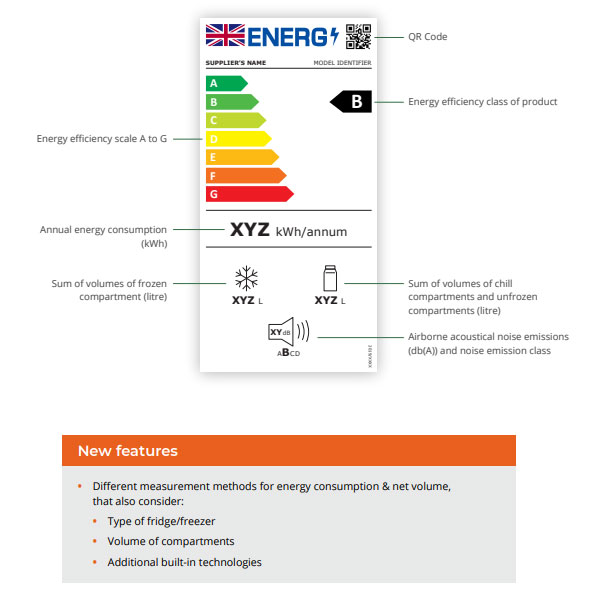
Wine Storage Refrigerators
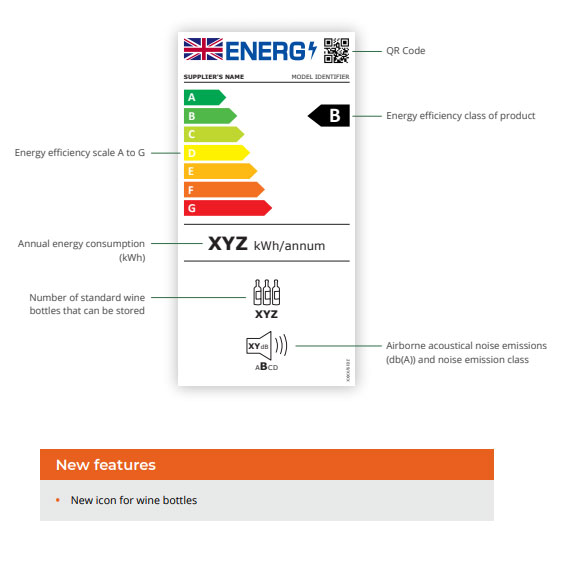
FAQs - AMDEA’S ENERGY LABELLING TOOLKIT
Eco-Efficiency Achievements
Improvements in energy saving technology over the last decade have driven the revision of the energy labels. Dramatic reductions in energy consumption in production and use has been coupled with impressive recovery and recycling rates. This tells the whole-life story of the industry’s savings achievements over the decade.
